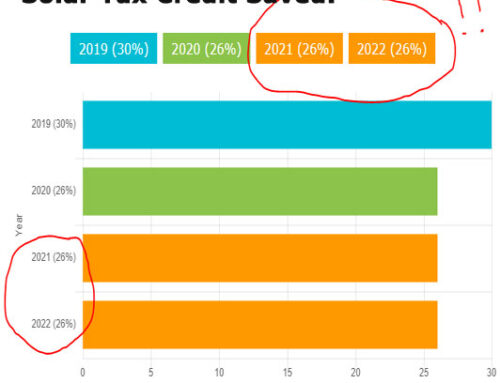Many Californians are concerned about rising electricity costs given limited choices in an underserved energy marketplace. Over 60% of California residents are served by only three of the state’s six investor-owned utilities (IOUs). [1] In the service areas of the three largest IOUs (Pacific Gas & Electric, Southern California Edison, and San Diego Gas & Electric), Community Choice Aggregates (CCAs) have emerged as regional alternatives to the IOU, offering greater choice, more affordable electricity rates, and higher renewable energy portfolios.
What are CCAs?
CCAs are “nonprofit public entities formed by local communities working together to supply the electricity needs of their residents.” Nearby in Placer County, the regional CCA is Pioneer Energy. Currently, there are 19 CCAs in California, which are actively displacing PG&E and other IOUs in their regional service areas.
Today, 42% of PG&E’s customer base has been lost to CCAs, and by 2025, the California Public Utilities Commission estimates that the percentage of bundled load loss will increase to 85%.[2].
Since 2015, the California Public Utilities Commission (CPUC) has been investigating PG&E to assess how the company’s governance and organizational culture administer and protect public safety. Given the costly liabilities associated with numerous recent California wildfires, PG&E has filed for bankruptcy protection.
In a fragile energy marketplace highly dependent on only a few utility companies, the future of PG&E and its inherent consequences for California’s energy landscape are highly uncertain. However, the utility will continue to manage transmission and distribution of power in California in the foreseeable future. But it may not continue to be the dominant electricity provider (essentially an unregulated monopoly) for much longer.
On February 14, 2019, a coalition of six Northern California CCAs known as the California Community Choice Association filed a report to the CPUC arguing that it should take over the responsibility of power generation and procurement for the communities it serves, and that PG&E should only be responsible for transmission and distribution of power.
In the report, the association claims that locally regulated energy service providers can offer greater choice, affordability, and public safety for the grid. “The joint CCAs strongly endorse a restructuring that allows PG&E to focus where safety improvements are needed most—delivering electricity across the energy grid—while allowing locally-controlled public agencies to safely, reliably, and cost-effectively purchase the energy Californians rely on,” said Beth Vaughan, executive director of the California Community Choice Association (CalCCA). [3]
Because CCAs, generally speaking, have a high renewable energy portfolio, they are able to offer electricity at more competitive rates to their customers.
As locally controlled, decentralized power producers, in addition to being more responsive to specific community needs, CCAs are more responsive to technological innovation in the rapidly-evolving energy industry, and climate change. The association promotes renewable energy generation and widespread adoption of electric services, through partnerships with local governments to remove barriers and facilitate electrification of municipalities.
In January 2019, Governor Newsom noted at his State of the State address, “We must map out a longer-term framework, not just for the utilities’ future, but for California’s energy future, to ensure that the cost of climate change doesn’t fall on those least able to afford it.”
CCAs pave the way for a more democratic energy landscape, offering alternatives to IOUs that provide reliable, cost-effective, and greener energy sources for a more resilient energy grid in California amidst a changing climate.[4]
To read more about the Community Choice Association’s filing to the CPUC and PG&E’s current stance, check out Green Tech Media’s recent article on this topic.
Community Choice Aggregates are diverse and are not all created equal. Instead, they are locally controlled by the governments they are partnered with. For example, some CCAs have different approaches to crediting customers for electricity generated; it depends upon on whether or not they have approved the Net Energy Metering tariff.[5]
For more details about the policies and benefits of a specific CCA, visit the website or contact the representative of the CCA. However, CCAs provide a welcome breath of fresh air in terms of new competition in the electricity marketplace in California, which is highly centralized and in need of diversification.


![The “Power & Profit” WE Give PG&E [Video]](https://sustainableenergygroup.com/wp-content/uploads/2022/05/utilities-feature-500x383.jpg)


